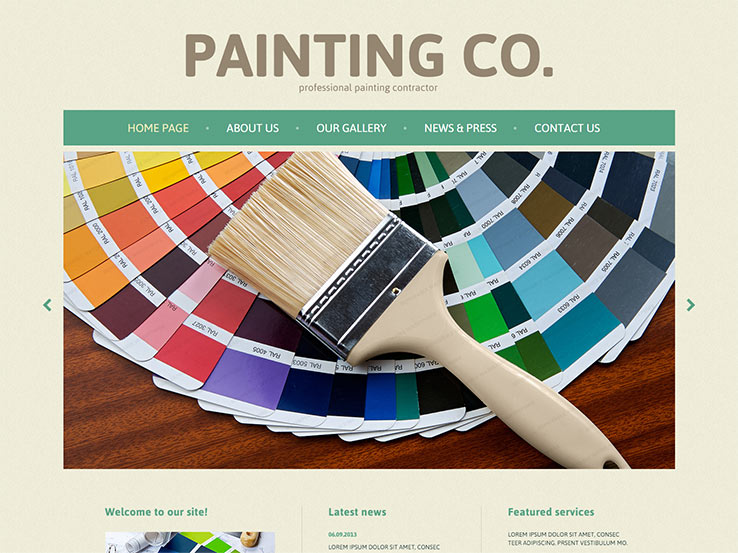Explore The Duty Of Seasonal Consider The Success Of Commercial Exterior Painting And Uncover The Most Effective Times To Protect Lasting Results For Your Project
Explore The Duty Of Seasonal Consider The Success Of Commercial Exterior Painting And Uncover The Most Effective Times To Protect Lasting Results For Your Project
Blog Article
Write-Up By- residential painting standards
When you're planning an industrial external paint project, seasonal variables can make or break your results. You'll wish to think about how temperature and humidity effect paint application and drying out times. Choosing the best season can ensure your paint sticks appropriately and lasts much longer. But which periods are genuinely the best for this sort of work? Let's explore painting company minneapolis that can affect your job's success.
The Influence of Temperature Level on Paint Application
When you're planning an industrial external painting task, the temperature can dramatically impact exactly how well the paint adheres and dries out.
Preferably, you want to repaint when temperature levels vary in between 50 ° F and 85 ° F. If it's as well cool, the paint might not cure properly, resulting in problems like peeling off or breaking.
On the other side, if it's also warm, the paint can dry out as well promptly, protecting against appropriate bond and causing an unequal finish.
You need to additionally take into consideration the time of day; morning or late afternoon supplies cooler temperatures, which can be much more positive.
Always check the manufacturer's recommendations for the particular paint you're making use of, as they usually provide support on the optimal temperature level range for optimum outcomes.
Humidity and Its Impact on Drying Times
Temperature isn't the only environmental factor that influences your business outside painting task; humidity plays a substantial function as well. commercial painting company minnesota can slow down drying times considerably, influencing the overall high quality of your paint work.
When the air is filled with dampness, the paint takes longer to treat, which can cause problems like inadequate bond and a higher risk of mold growth. If you're repainting on a specifically damp day, be gotten ready for extended wait times in between coats.
It's vital to keep track of neighborhood climate condition and strategy appropriately. Ideally, go for humidity levels in between 40% and 70% for optimal drying out.
Keeping these consider mind ensures your task stays on track and delivers a long lasting finish.
Best Seasons for Commercial Exterior Painting Projects
What's the very best time of year for your commercial external painting jobs?
Spring and very early loss are usually your best bets. Throughout these seasons, temperature levels are light, and humidity degrees are typically lower, developing ideal problems for paint application and drying.
Avoid summertime's intense heat, which can create paint to completely dry as well swiftly, leading to bad bond and coating. Similarly, winter months's cold temperatures can hinder correct drying out and treating, running the risk of the long life of your paint work.
Go for days with temperatures in between 50 ° F and 85 ° F for optimal results. Bear in mind to examine the neighborhood weather report for rain, as wet problems can ruin your task.
Planning around these factors ensures your painting project runs smoothly and lasts much longer.
Final thought
In conclusion, planning your business external paint jobs around seasonal factors to consider can make a considerable difference in the outcome. By organizing work during the perfect temperatures and moisture degrees, you'll ensure much better bond and drying times. Keep in mind to keep an eye on regional weather forecasts and choose the right time of year-- spring and early autumn are your best options. Taking these steps will assist you accomplish a long lasting and expert surface that lasts.
